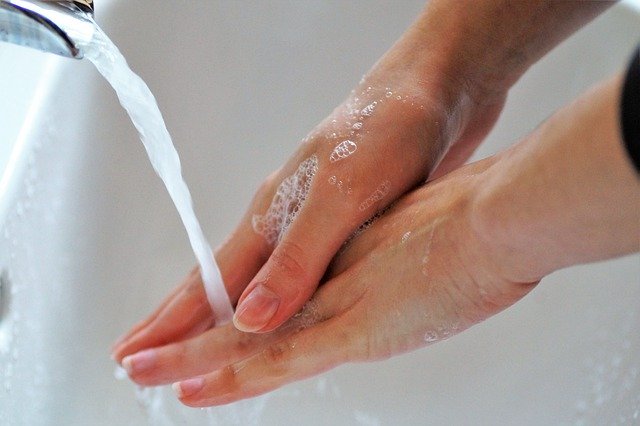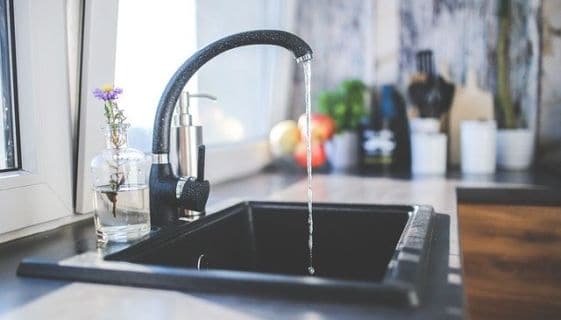Depending upon where you are in your cancer journey, you may be immuno-suppressed, and the idea of being exposed to germs, any germs at all, is very, very scary. Even though the pandemic is behind us, many are left with this same fear. But before you reach for a gallon of bleach, let’s talk about handwashing, cleaning and sanitizing methods that are both safe and effective.
Safe and Effective Cleaning
Cleaning, sanitizing, and disinfecting are words that are often used interchangeably, but they actually have distinct definitions. Cleaning removes dirt and dust, and maybe a few germs, but the intent is to remove the surface dirt. Sanitizing reduces germs up to 99%—think hand sanitizers. Disinfecting represents the capability of killing 99.9% of the germs, bacteria, viruses etc. present.
And then there is the concept of “dwell time”. Dwell time is the amount of time the cleaner is in contact with the surface before it is rinsed or wiped off. Sufficient dwell time is extremely important if your goal is to kill or remove as many germs as possible. High-powered industrial disinfectants require specific dwell times for different organisms. This is why singing Happy Birthday twice (20 seconds) when you wash your hands is suggested, because that is the dwell time that has been determined to be effective.
Let’s be clear, though: we cannot make our home sterile, or our bodies for that matter. Microbes are all around us, on us, and inside us. In fact, we need many of them–some bacteria, in particular–in order to survive. However, in terms of sterilizing against viruses, there are many safe and effective methods.
Soap is the first and best line of defense
Plain old soap is still, even under these circumstances, the first and best line of defense. Soap does two things. For cleaning, soap encapsulates the dirt and grime, surrounding it and lifting it off the surface so it can be washed or rinsed away. Specifically for coronaviruses and COVID-19, the fat in the soap dissolves the virus’s membrane so that it falls apart, similar to how soap dissolves burnt food on a fry pan. This is why the CDC and other organizations recommend washing your hands with soap instead of other fancy options.
For your body, plain soap appears to be the best option. Please note that sharing a bar of soap does not put anyone at risk! Coronavirus cannot survive on soap.
On surface areas, it’s good to leave the soap on for a while (dwell time) so it encapsulates as much dirt as possible. After rinsing off the soap, you can up the ante by following up with a disinfectant.
Follow up with a disinfectant
As suggested by the CDC, a typical home disinfectant will contain alcohol (60% or higher) or bleach. Alcohol-free sanitizers are not recommended. We prefer alcohol over bleach due to the fumes from bleach and the potential for creating toxic disinfecting by-products (or DBPs). If you can’t find isopropyl alcohol, try your local liquor store and look for alcohol with a proof of 120 (meaning 60%) or higher.
Apply the alcohol directly to the surface, let it sit for 10 minutes, and rinse. (In order to avoid accidental inhalation, we recommend putting the alcohol directly on your paper towel or rag, and then wiping the surface, versus spraying the surface directly.) You’ll want to consider disinfecting all the touch points in your home–doorknobs, the refrigerator door, light switches, faucet handles, telephone, microwave, remotes, computer, etc.
If you’d prefer to use bleach, it can be diluted for disinfecting. The CDC recommends 4 teaspoons of bleach per quart of water. Wearing gloves for all type of disinfecting is recommended. Always rinse bleach.
IMPORTANT: NEVER MIX BLEACH WITH AMMONIA. This mixture will create an extremely dangerous toxic vapor.
Just as we recommend the use of safe products in the Anticancer Lifestyle Program Environment Module, these times are no different. Washing with good soap and disinfecting with alcohol, as per the advice of the CDC, is ideal to limit your exposure to unnecessary chemicals of concern. By using safe, fragrance-free products and avoiding harsh spray cleaners, your respiratory system will not become irritated or stressed.
One easy way to be assured of the safety of your cleaning products is to check them on the Guide to Healthy Cleaning database on the website of the Environmental Working Group (EWG). This easy-to-use site will give you safety information not only on individual products but also about individual ingredients. We suggest that you choose products in the green category, or cleaners that have been “EWG Verified”. (Note that while Lysol is a popular brand, its products receive highly variable safety ratings on EWG, so be sure to check.)
The CDC has an excellent page devoted to this subject. The Anticancer Environment Module, in particular Segments 7 and 9, in the online Anticancer Lifestyle Course, will give you more in-depth information about cleaners and fragrance.
Be well, breathe, and wash your hands.



 Deborah deMoulpied
Deborah deMoulpied 


